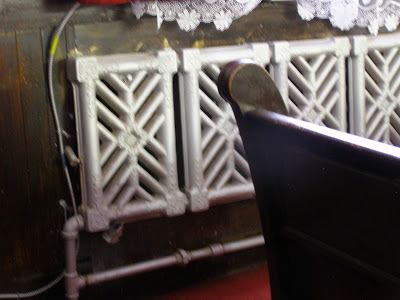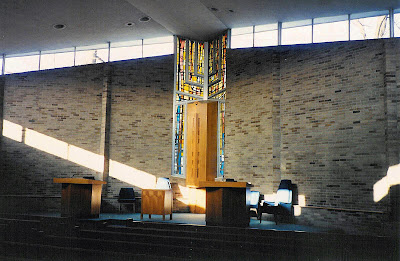Krakow, Poland. Opening Session of the Conference on Jewish Immovable Property. Photo: Marla Raucher Osborne 2013
Last month month than 100 activists, Jewish leaders, scholars and historic preservationists from about 20 countries gathered in the historic Kazimierz District of Krakow, Poland to address long-standing problems affecting European Jewish Heritage sites, and to share news and methodologies of recent successes and solutions.
The three-day conference on Managing Jewish Immovable Heritage held in Krakow (April 23-25, 2013) was sponsored by several international organizations and foundations that have regularly supported Jewish heritage education, museum and preservation projects as well other Jewish community efforts. The conference was organized under the aegis of the website Jewish-Heritage-Europe.eu, and hosted by the Jewish Community Center of Krakow. More about the conference can be found at Jewish-Heritage-Europe.eu., where news and opinion generated from the conferecne are begin regularly posted and a long report written from the gathering was filed by Hagay HaCohen for Polish Radio’s Hebrew service. You can read the English translation here.
There were so many fascinating presentation and so much stimulating discussion that it will take a long time to report on it all - but now you can feel as if you were there by watching full length videos of all of the conference sessions. since there were overlapping sessions, the posting of the videos also allows participants to now see what they missed.
Videos from all three formal plenary sessions and all of the parallel seminar workshops at the conference are now posted in the section of this web site dedicated to the conference.
I was honored to be invited to deliver the keynote talk to open the conference, and you can watch the talk here, or read the the full text. It was a very moving moment for me, since the opening plenary was held in the Tempel Synagogue, the largest and first successful synagogue restoration on which I worked (with many others) when I was director of the Jewish Heritage Council of the World Monuments Fund (WMF) back in the early 1990s. I am pleased to say that all we hoped for and everything we predicted for the Tempel pretty mcuh came true - and the success of the work has actually been so great, that the building now needs - unfortunately - new structural work. The concerts held at the Tempel (which also still serves for worship) have been sometimes too lively. The 19th-century structure which was built for a Progressive congregation that valued "decorum" was conserved but not re-enforced, and the stress of the occasional stomping Klezmer and Jewish rock audiences have been to much for the building. Tens of thousands of visitors have attended religious services and cultural events in the Temple since the first concerts were held there to kick off the restoration process more than twenty years ago. WMF was a co-sponsor of the Krakow conference and Sarah Sher, the new Jewish Heritage program officer for WMF attended and participated in the conference, as did WMF's technical director Mark Weber).
Lesley Weiss, the new Chair of the U.S, Commission for the Preservation of America's Heritage Abroad also attended. You can read more about her appointment here.

.JPG)

.JPG)
.JPG)
.JPG)
.JPG)
.JPG)
.JPG)
.JPG)

.JPG)


.JPG)
.JPG)










.jpg)


.JPG)
.JPG)


